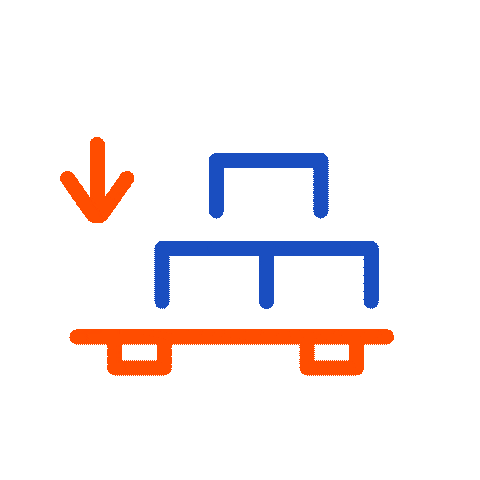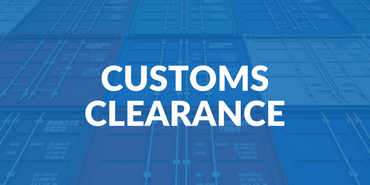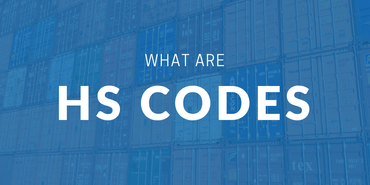
Customs and Border Protection – USA



![]()
The United States Customs and Border Protection (CBP) is a federal law enforcement agency under the U.S. Department of Homeland Security (DHS).
As the largest agency within the DHS, CBP serves as America’s primary border control authority, overseeing international trade, customs, and immigration enforcement.
Its mission is to regulate and facilitate global trade, collect import duties, and enforce U.S. trade and immigration laws. CBP is also responsible for preventing the illegal entry of individuals and the smuggling of goods into or out of the United States.
History of CBP
The origins of CBP date back to 1789, when President George Washington established the United States Customs Service to collect import duties.
In 1933, the Immigration and Naturalization Service (INS) was created to manage immigration into the country.
Then in 2003, President George W. Bush merged the Customs Service, INS, and Animal and Plant Health Inspection Service to form what is now the U.S. Customs and Border Protection.
This merger allowed the CBP to unify and strengthen America’s border security procedures across ports of entry and land, sea, and air borders.
The Role of CBP
CBP is authorized to inspect all inbound and outbound shipments to intercept contraband and unauthorized goods.
It also ensures that no individual enters or exits the country illegally. The agency’s workforce is composed of several specialized units:
- CBP Officers: These officers have full law enforcement powers. They inspect cargo and travelers, prevent illegal entry, and enforce customs and immigration laws.
- Agriculture Specialists: Experts who inspect imported goods for pests, diseases, or restricted agricultural items. They help prevent agro-terrorism and protect U.S. agriculture.
- Import Specialists / Entry Specialists: Professionals in international trade who determine whether goods meet U.S. import regulations.
- U.S. Border Patrol: Agents who patrol borders and ports of entry to stop illegal immigration and human smuggling.
- Air and Marine Enforcement and Interdiction Agents: Operated by the Office of Air and Marine (AMO), they secure U.S. airspace and coastal waters against illegal trafficking.
Role of CBP in Import and Export
CBP plays a vital role in regulating imports and exports. It ensures all goods entering the country comply with U.S. trade laws, both at ports of entry and within the domestic market.
Its trade policies are built around three main objectives:
- Facilitating efficient cargo flow through U.S. ports.
- Enforcing customs and trade laws to protect American consumers and businesses while ensuring customs revenues are properly collected.
- Preventing the entry of weapons, illegal drugs, and contraband into the country.
CBP officers also manage entry procedures for imported goods, oversee admissibility requirements, classification, valuation, and the collection of duties and taxes on imports.
Understanding the Import Process
If you plan to import goods into the U.S., CBP agents ensure that your shipment is safe, compliant, and properly documented.
Here’s how the import process typically works:
- Screening: Conducting a risk assessment of the shipment.
- Scanning: Using x-rays, gamma rays, and other technologies to inspect containers.
- Radiation Detection: Checking for radioactive materials or potential nuclear threats.
- Examination: Physically inspecting selected cargo when needed.
- Primary Inspection: Reviewing documentation to verify cargo eligibility for entry.
- Secondary Inspection: Conducting deeper checks if discrepancies or concerns arise.
- Liquidation: Processing and collecting all import-related taxes and fees.
While most cargo doesn’t require an import license, certain goods do. CBP provides detailed guidelines on which products require licenses or permits. Agents verify these documents before clearing goods for entry.
For exports, some products are subject to export controls or may need special licenses. You must review the regulations of the relevant federal agency that governs the export of your specific item.
To assist new traders, CBP offers tips for importers and exporters to ensure they follow all laws and procedures accurately.
Related Articles


